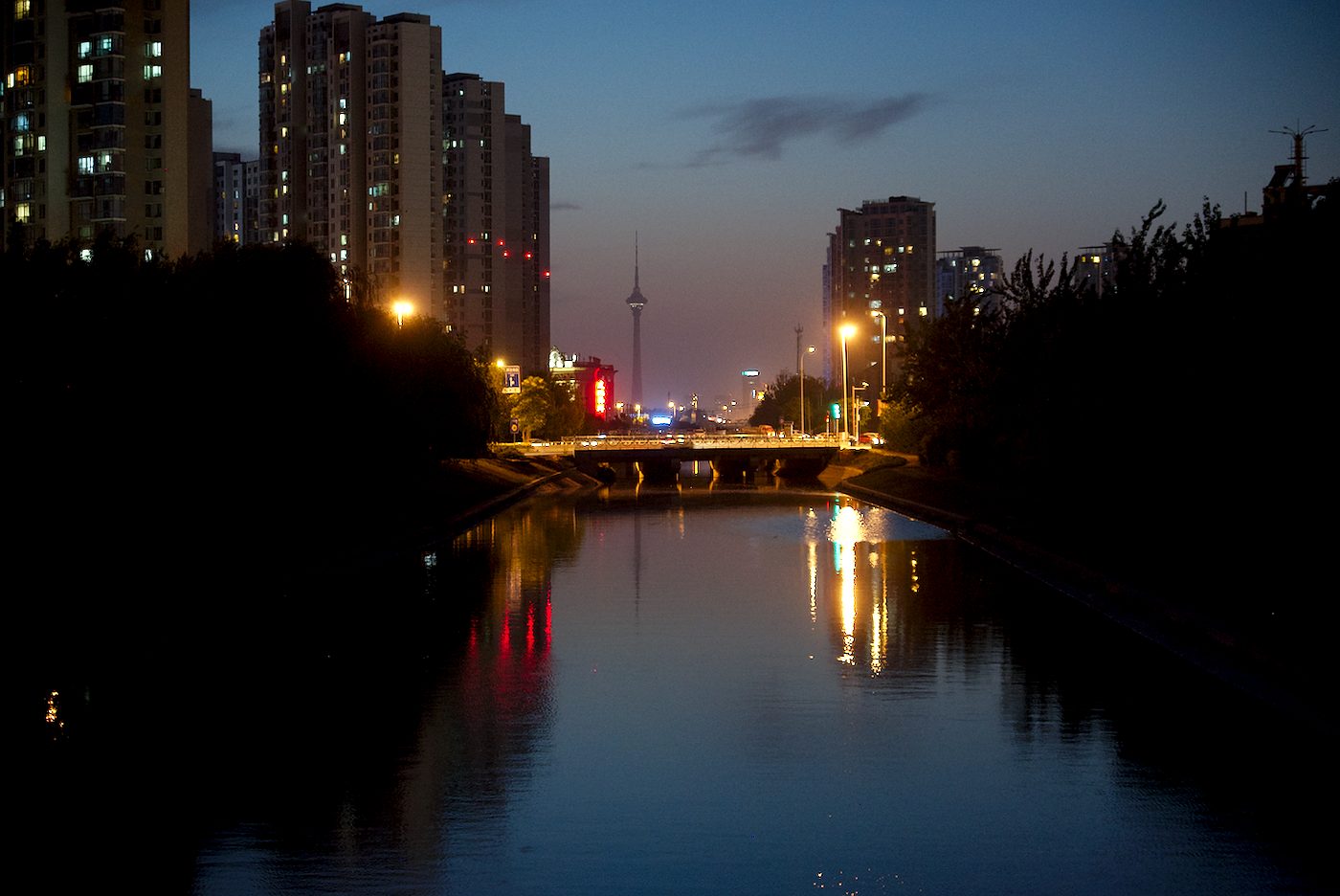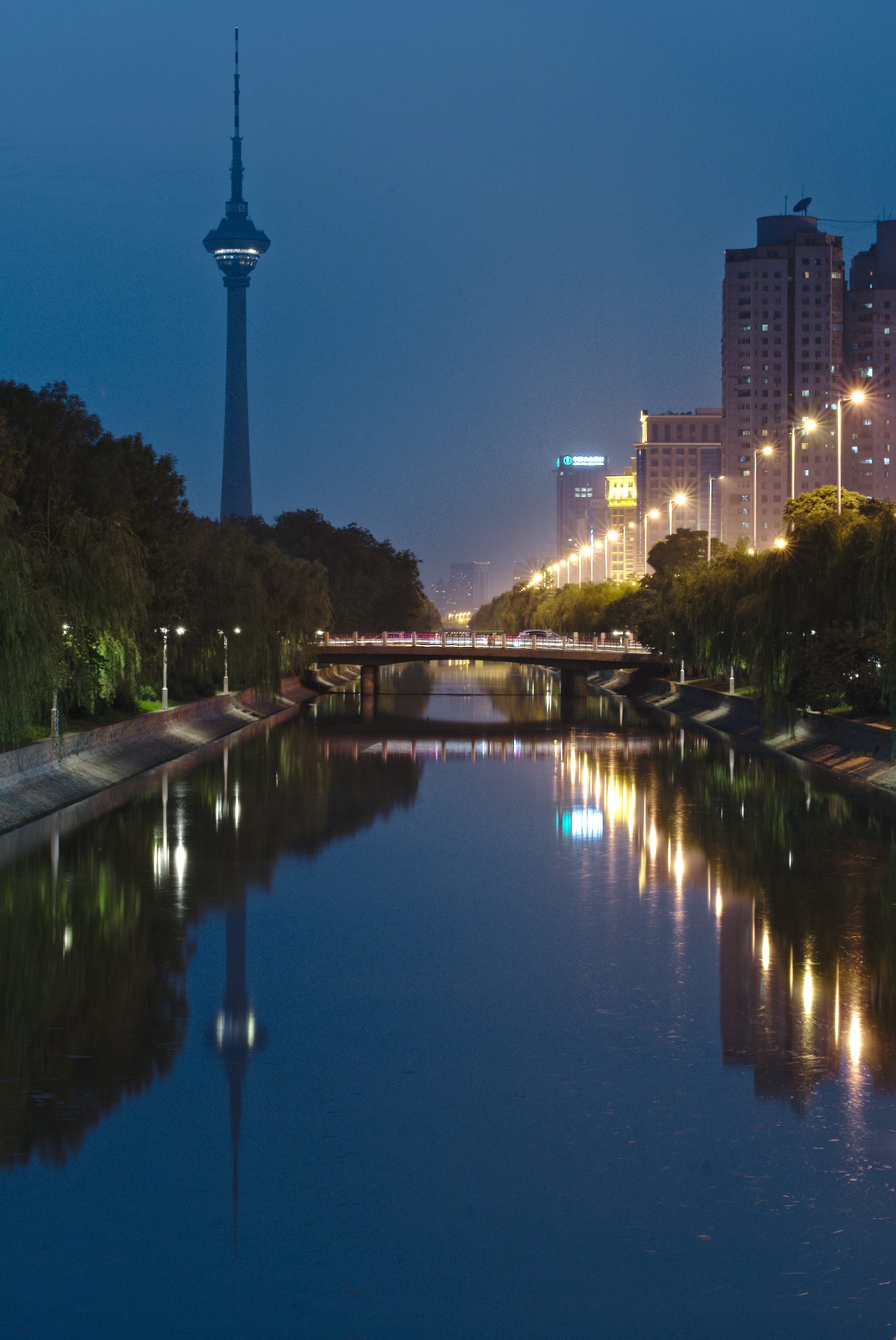Tianjin TV Tower Guides Me Home
What we did
Industry
Tech
Description
Standing tall against the sprawling landscape of Tianjin, the TV Tower is a beacon of glass and steel, rising 415.2 meters into the sky, defiant and elegant, like a futuristic lighthouse overlooking a sea of urban life. Built in 1991, this architectural marvel quickly became one of China’s tallest towers and an unmistakable landmark. Tourists have long been charmed by the promise of sweeping, panoramic views from its observation deck. Yet, for me, an expatriate who called Tianjin home for nearly two decades, the tower represented something far more intimate, far more profound.
When I first arrived in Tianjin, I was adrift. The city buzzed with a rhythm that felt both alien and exhilarating. The language was a melodic maze I couldn’t quite navigate; the culture, a tapestry of traditions I struggled to understand. I arrived with a suitcase full of dreams and anxieties, landing in this colossal, unfamiliar world with little more than a working knowledge of Mandarin and an address scribbled hastily on a piece of paper: a small, nondescript apartment building nestled right in the shadow of the TV Tower.
In those early days, when the city felt overwhelming and my new life seemed insurmountable, the tower was my guiding light. From nearly anywhere in Tianjin, I could look up and see its gleaming form slicing through the sky, a reassuring presence amid the ever-changing cityscape. The tower’s blinking red lights became my compass needles, always leading me home when I felt lost or disoriented in a maze of bustling streets and unfamiliar markets. There is a special solace in knowing that something, even if only a tall, silent tower, stands immovable, waiting for you.
The tower wasn’t just a physical waypoint but a metaphorical one. It anchored me when I felt like I was drifting too far from the familiar, a monument of constancy in a place that was rapidly becoming my world. As I adjusted to life in Tianjin, the TV Tower became a kind of guardian that presided over my evolution from a stranger in a strange land to someone who felt deeply intertwined with the city’s pulse. The more I learned about the place—the grandeur of its ancient temples, the mingling scents of roasted chestnuts and spicy skewers in the night markets, the lyrical cadence of locals bargaining over fruit in the morning—the more the tower became a symbol of my own personal transformation.
Years slipped by like pages in a well-worn book. Seasons in Tianjin are pronounced: from sweltering, humid summers where the air drips with moisture to bone-chilling winters where the Haihe River, snaking its way through the city, often freezes over. Yet, through it all, the TV Tower remained resolute. I remember one early spring, when the first plum blossoms unfurled in nearby water parks and families flew kites in the fresh breeze. From the tower’s observation deck, I watched the city stretch out beneath me, sun-drenched and full of possibility, and I felt a swell of gratitude that I had stayed, that I had built a life here.
Over time, I grew to understand that Tianjin is a city that wears its history like an elaborate garment—rich and full of texture. It is a place where French colonial architecture rubs shoulders with modern skyscrapers and where labyrinthine alleys hold the laughter of generations past. And at the center of this sprawling mosaic, the TV Tower loomed, always connecting the old with the new, the past with the present. It connected me, too, to a life that had once seemed so foreign but had become my own.
As the city modernized, with bullet trains weaving travelers to and from Beijing in record time and glassy new malls sprouting across the horizon, the TV Tower, with its old-world charm and quiet presence, became a poignant reminder that even in the face of constant change, some things endure. It also became a metaphor for how I found my way in Tianjin. Because just as the tower provided a visual landmark that never faltered, my own sense of belonging grew stronger, solidified by years of friendships, shared meals, and memories scattered throughout the city like pieces of my heart.
I left Tianjin not long ago, carrying with me a rich tapestry of moments, but the image of the TV Tower remains vivid in my mind. I still dream of that glittering beacon, piercing through the dark, guiding travelers home. It’s more than just a piece of architecture to me. It’s a symbol of my journey, a monument to all the ways I grew in that city, and the silent witness to the story I wrote for myself in a place that became, against all odds, a true home.






